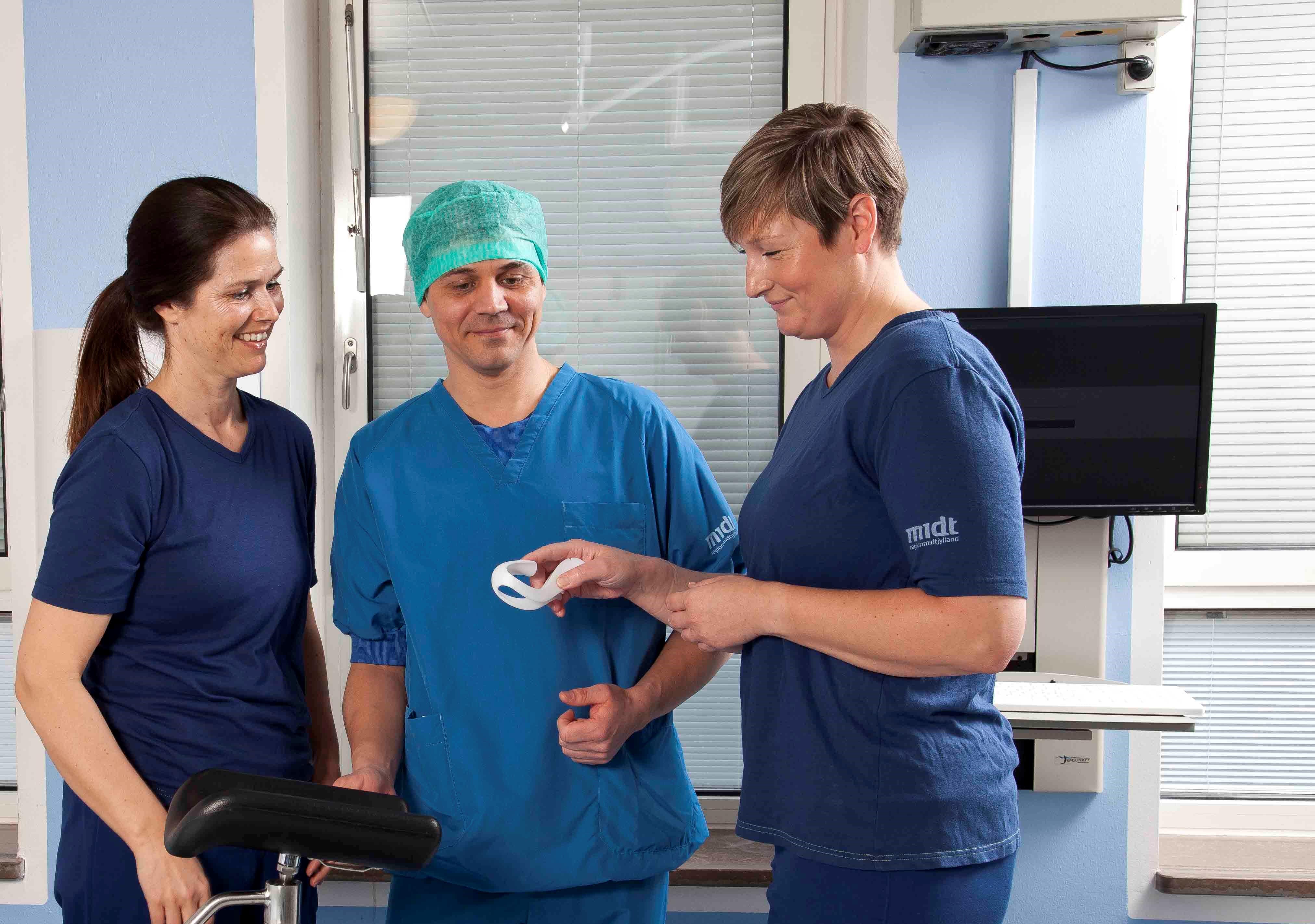
Blog Introduction: Having a baby is an exciting time for most new parents – but it’s also a time of confusion and trepidation. One of the biggest worries for many mothers-to-be is whether their body will “tear” during childbirth. It’s completely normal to be concerned about this, after all, no one wants to suffer from the pain and inconvenience of tearing during labour. But understanding what’s happening can make all the difference in how you approach your birth.
What is tearing?
Tearing is when the skin between the vagina and anus (known as the perineum) stretches or rips during childbirth. It can happen because of pressure on the area as your baby’s head comes through the birth canal. The amount of tearing varies depending on several factors such as how quickly your baby was born, what position your baby was born in, or if they were delivered with forceps or vacuum extraction.
The severity of tears can range from small grazing that require only minor stitches to more severe tears that may require surgery to repair them. For more severe cases, a doctor may need to administer an epidural or spinal anaesthetic so you won’t feel any discomfort while they stitch you up. Fortunately, these types of tears are rare and most women will experience either no tearing at all or only mild to moderate tearing which can be stitched by your midwife and will heal without intervention within a week or so.
How can I avoid tearing?
Although there is no surefire way to avoid tearing, there are several steps you can take before giving birth to reduce your risk:
•Practice perineal massage in preparation for delivery. This helps stretch out your tissues and make them less likely to tear during childbirth;
•Stay active during pregnancy – engaging in light exercise such as walking helps keep your pelvic floor muscles strong;
•Make sure you’re well hydrated – drinking plenty of water will help keep your tissues properly lubricated;
•Choose positions that put less pressure on your perineum – you may want to find a position where your midwife is well able to visualise the perineal area and is able to support it when your baby’s head crowns.
•Consult with a midwife who can advise on techniques such as warm compresses and massage which can further reduce tearing during labour.
Conclusion: For most women, some degree of tearing is unavoidable–it’s just part of giving birth! But don’t let fear stop you from enjoying this special moment – with a little preparation beforehand, you’ll feel confident knowing that whatever happens, it’s perfectly normal! With these tips in mind, you’re sure to have a safe and comfortable experience when it comes time for delivery! Good luck!
The information found anywhere on this website, including but not limited to text, graphics, images and any other material therewith is for information purposes only. No material on this website is intended to be a substitute for professional personalised medical advice, diagnosis or treatment. By providing the information contained herein we are not diagnosing, treating, curing, mitigating or preventing any type of disease or medical condition. Always seek the advice from a registered health care professional if you have any questions regarding any medical concerns or conditions. Do not disregard professional medical advice or delay in seeking it because of something you have read on this website.
This website is not meant to be self-treating but is a supplement to the care given by competent medical health professionals. Hegenberger Medical take no responsibility for any damage suffered by any woman or baby. Our opinions are our own and do not replace advice from competent medical health professionals. The material on this site may not be reproduced, distributed, transmitted, cached, or otherwise used, except with the prior written permission of Hegenberger Medical.
